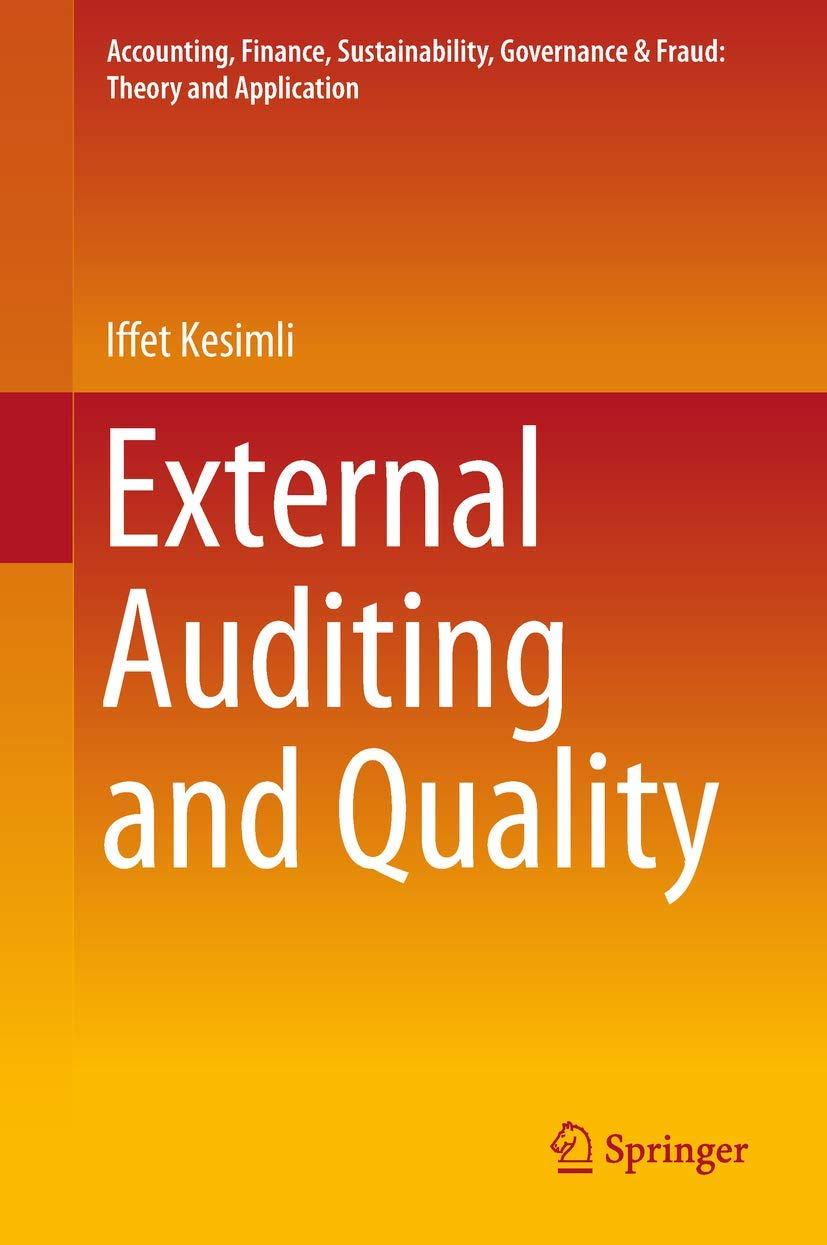2-22 Variable costs and fixed costs. Consolidated Minerals (CM) owns the rights to extract minerals from beach sands on Fraser Island. CM has costs in three areas: a. Payment to a mining subcontractor who charges S80 per ton of beach sand mined and returned to the beach (after being processed on the mainland to extract three minerals: ilmenite, rutile, and zircon). b. Payment of a government mining and environmental tax of $50 per ton of beach sand mined. c. Payment to a barge operator. This operator charges $150,000 per month to transport each batch of beach sand-up to 100 tons per batch per dayto the mainland and then return to Fraser Island (that is, 0 to 100 tons per day = $150,000 per month; 101 to 200 tons per day = $300,000 per month, and so on). Each barge operates 25 days per month. The $150,000 monthly charge must be paid even if fewer than 100 tons are transported on any day and even if CM requires fewer than 25 days of barge trans- portation in that month. CM is currently mining 180 tons of beach sands per day for 25 days per month. Required 1. What is the variable cost per ton of beach sand mined? What is the fixed cost to CM per month? 2. Plot a graph of the variable costs and another graph of the fixed costs of CM. Your graphs should be similar to Exhibit 2-3, Panel A (p. 31), and Exhibit 2-4 (p. 34). Is the concept of relevant range applicable to your graphs? Explain. 3. What is the unit cost per ton of beach sand mined (a) if 180 tons are mined each day and (b) if 220 tons are mined each day? Explain the difference in the unit-cost figures. 2-22 Variable costs and fixed costs. Consolidated Minerals (CM) owns the rights to extract minerals from beach sands on Fraser Island. CM has costs in three areas: a. Payment to a mining subcontractor who charges S80 per ton of beach sand mined and returned to the beach (after being processed on the mainland to extract three minerals: ilmenite, rutile, and zircon). b. Payment of a government mining and environmental tax of $50 per ton of beach sand mined. c. Payment to a barge operator. This operator charges $150,000 per month to transport each batch of beach sand-up to 100 tons per batch per dayto the mainland and then return to Fraser Island (that is, 0 to 100 tons per day = $150,000 per month; 101 to 200 tons per day = $300,000 per month, and so on). Each barge operates 25 days per month. The $150,000 monthly charge must be paid even if fewer than 100 tons are transported on any day and even if CM requires fewer than 25 days of barge trans- portation in that month. CM is currently mining 180 tons of beach sands per day for 25 days per month. Required 1. What is the variable cost per ton of beach sand mined? What is the fixed cost to CM per month? 2. Plot a graph of the variable costs and another graph of the fixed costs of CM. Your graphs should be similar to Exhibit 2-3, Panel A (p. 31), and Exhibit 2-4 (p. 34). Is the concept of relevant range applicable to your graphs? Explain. 3. What is the unit cost per ton of beach sand mined (a) if 180 tons are mined each day and (b) if 220 tons are mined each day? Explain the difference in the unit-cost figures







